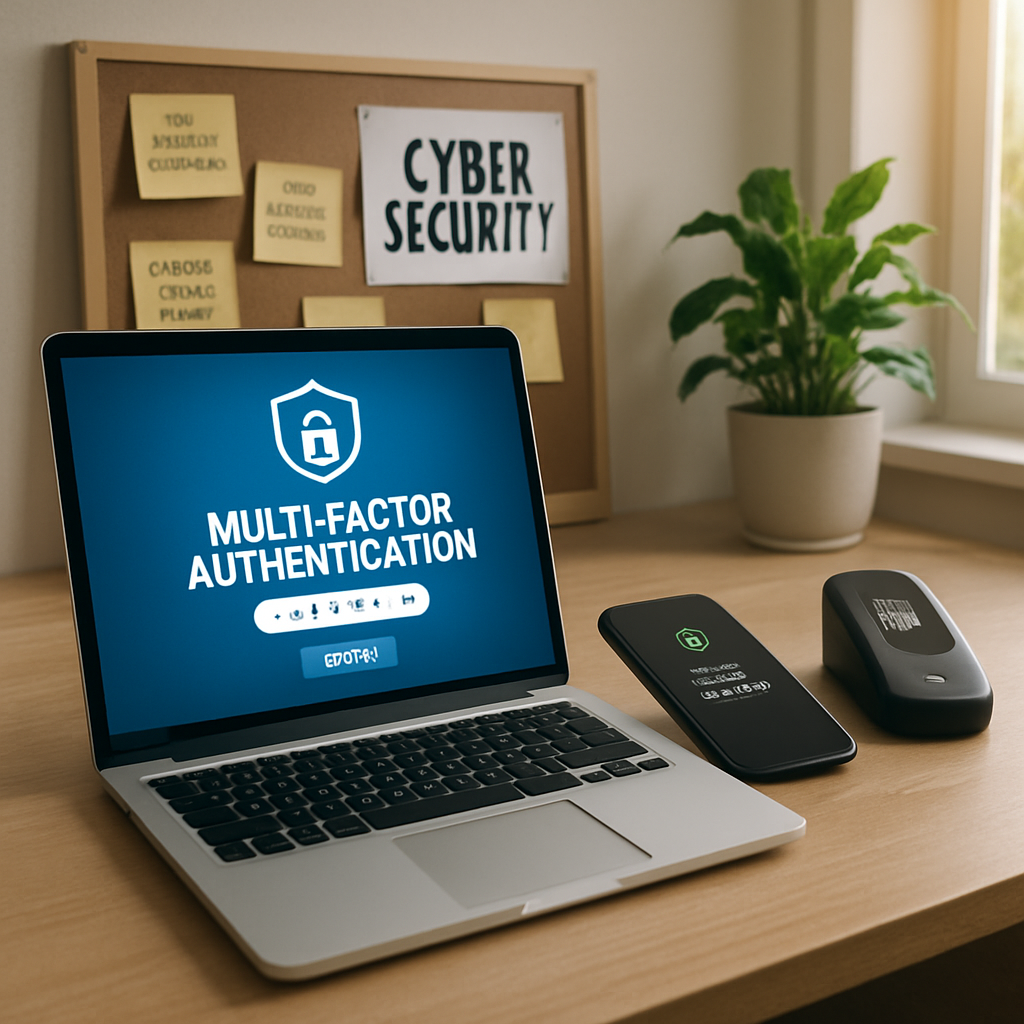AI Voice Cloning: A New Era of Phishing Attacks
AI-powered voice cloning is revolutionizing cybercriminal tactics, ushering in a new wave of compelling phishing attacks that threaten business...
2 min read
.jpeg) Michael Markulec
:
Sep 15, 2023 10:52:00 AM
Michael Markulec
:
Sep 15, 2023 10:52:00 AM

Following the global coronavirus pandemic, there has been a sharp shift toward digital transformation across all businesses. The construction sector, too, has embarked on this journey, harnessing the power of digital technology to enhance efficiency, global connectivity, and budget management on construction sites. While these advancements bring undeniable benefits, they also usher in a new era of cyber threats that demand the attention of business owners in the construction field.
As construction companies increasingly rely on digital technology, their digital networks become more complex, creating potential vulnerabilities that cybercriminals can exploit before adequate security measures are in place. We will delve into the current state of cybersecurity in the construction sector, explore the potential consequences of cyberattacks, and provide insights into how construction companies can fortify their defenses against these emerging threats.
The ramifications of successful cyberattacks in the construction sector extend far beyond the immediate target. Cybercriminals have various tools at their disposal, including ransomware attacks, which can compromise confidential data, tarnish a construction company's reputation, and drain its financial resources. Phishing, viruses, hacking, and payment interception are among the other common methods cybercriminals employ to target construction companies.
Perhaps even more insidious is the theft of valuable intellectual property. Cybercriminals can pilfer proprietary designs, engineering data, and other sensitive company assets, undermining the value of a company's innovations. Disruption of production is another potential consequence, as cybercriminals can manipulate posted signage, leading to confusion and financial losses.
The ripple effect of cyberattacks isn't confined to a single construction firm. These attacks can spill over into corporate partnerships, affecting clients and colleagues when cybercriminals target other firms using interconnected systems.
The first step toward safeguarding a construction company from cyberattacks is to identify potential entry points that cybercriminals might exploit. Construction project management software, used to monitor contracts and facilitate communication with subcontractors and vendors, can be a prime target. Ensuring the security of Software-as-a-Service (SaaS) solutions, company software, and cloud storage is paramount.
The proliferation of digital devices such as smartphones, laptops, and tablets introduces numerous potential entry points, each requiring robust security measures. On-site base camps, often temporary and less secure, pose another vulnerability when employees access the company network from their devices.
Moreover, subcontracting and outsourcing can introduce uncertainties and oversight challenges. Even if a construction company has a strong security system in place, subcontracted partners may not take cybersecurity as seriously, creating blind spots for cybercriminals.
Thankfully, as cybercriminals become more sophisticated, cybersecurity firms continue to evolve security measures. Business owners in the construction industry can take proactive approaches to protect their companies:
In the current digital era, construction companies must prioritize cybersecurity. As reliance on digital technology and network access expands, cybercriminals find ample opportunities to exploit vulnerabilities. Cyberattacks can lead to devastating consequences, from intellectual property theft to data breaches, ransomware, and supply chain disruptions.
To shield construction companies from the looming threat of cyberattacks, proactive measures are essential. Complying with government regulations, adopting zero trust policies, educating employees, crafting and testing incident response plans, vetting software, acquiring cyber insurance, and embedding cybersecurity in contracts are all prudent steps that construction business owners can take to fortify their defenses against the ever-present risk of cyberattacks.

AI-powered voice cloning is revolutionizing cybercriminal tactics, ushering in a new wave of compelling phishing attacks that threaten business...

Small businesses face growing cyber threats, making multi-factor authentication a critical defense to safeguard sensitive data and ensure business...

Discover how CMMC 2.0 is reshaping cybersecurity compliance for small manufacturers in the defense sector and what steps your business must take to...